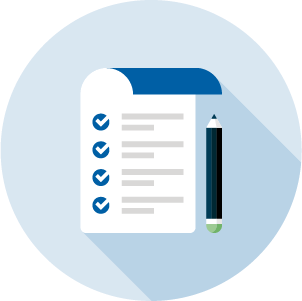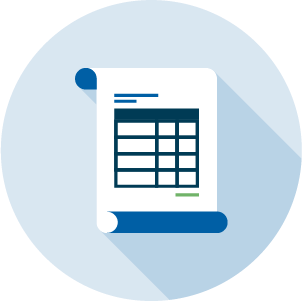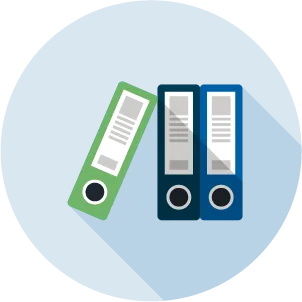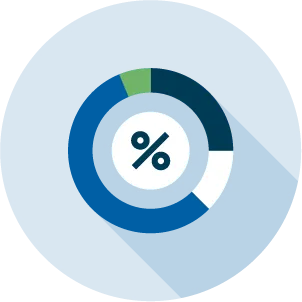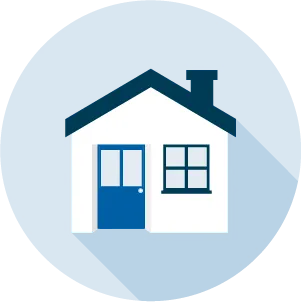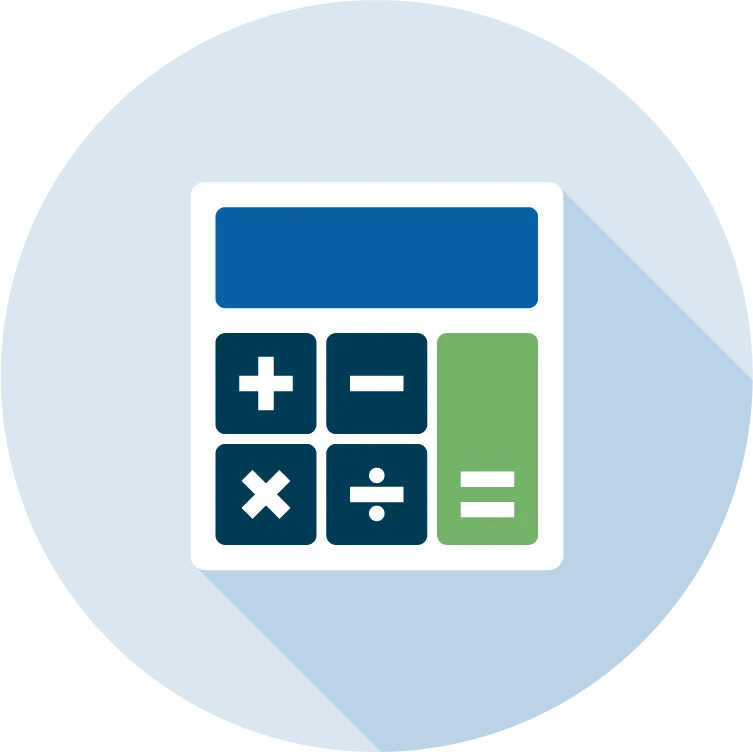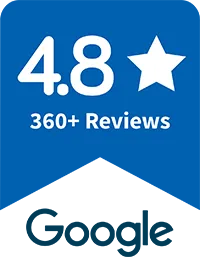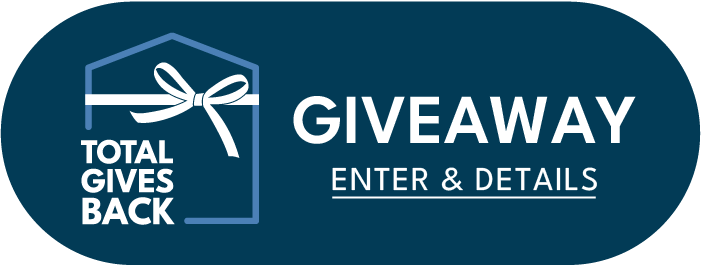A USDA loan is a mortgage program offered by the United States Department of Agriculture. It's designed to help low- to moderate-income borrowers purchase homes in eligible rural areas with no down payment and competitive interest rates.

USDA
Mortgage Loan
Affordable Homeownership in Rural Areas
USDA loans help low- to moderate-income borrowers invest in safe, decent housing in eligible rural locations. These loans offer a pathway to purchase, build, repair, or move into quality homes with no down payment required and flexible credit requirements. At Total Mortgage, we're committed to guiding you through every step of the USDA financing process.

Key Benefits
No Down Payment
100% financing available, making homeownership more accessible.
Competitive Interest Rates
Often lower than conventional loans, with fixed rates available.
Flexible Credit Requirements
Minimum credit score of 640 suggested, but exceptions possible.
No PMI Required
Unlike conventional loans, USDA loans don't require private mortgage insurance.
USDA Loan Information
USDA loans are designed to promote homeownership in rural areas. They offer unique benefits for eligible borrowers, but it's important to understand the different types and requirements. To learn more about USDA loans and check your eligibility, speak to one of our experienced mortgage experts.
Types of USDA Loans
- USDA Direct Loans: For low- and very-low-income borrowers
- USDA Guaranteed Loans: For low- to moderate-income borrowers
- USDA Construction Loans: For building a home in an eligible rural area
USDA Loan Eligibility Requirements
- Property must be in an eligible rural area
- U.S. citizenship or eligible non-citizen status
- Income within USDA limits for your area
- Ability to afford mortgage payments
- Decent credit history (typically 640+ score)
USDA Loan Property Requirements
Properties must be owner-occupied primary residences, structurally sound, and meet USDA standards for safety and sanitation. They can include single-family homes, condos, townhouses, and even some manufactured homes.
Pros and Cons of USDA Loans
Understanding the advantages and disadvantages of USDA loans can help you make an informed decision about your mortgage options.
Pros
- No down payment required
- Competitive interest rates
- No PMI required
- Flexible credit requirements
- Can be used for home improvements
Cons
- Limited to rural and some suburban areas
- Income limits apply
- Upfront and annual guarantee fees
- Property must meet USDA standards
- Longer processing times possible
USDA Loan FAQs
Everything you need to know about USDA Loans
What is a USDA loan?
Who is eligible for a USDA loan?
To be eligible for a USDA loan, you must:
- Be a U.S. citizen, U.S. non-citizen national, or qualified alien
- Have an income within USDA limits for your area
- Agree to personally occupy the dwelling as your primary residence
- Be unable to obtain a conventional loan without PMI
- Have a credit score of 640 or higher (though exceptions may be possible)
- Purchase a property in an eligible rural area
What types of properties are eligible for USDA loans?
USDA loans can be used to purchase:
- Single-family homes
- Townhouses
- Condos
- Modular homes
- New construction
- Some manufactured homes
How do USDA loan rates compare to conventional loans?
USDA loan rates are often competitive with or lower than conventional loan rates. As of 2024, the average interest rate for USDA-guaranteed loans is about 6.60%, while the current 30-year fixed conventional mortgage rate is around 7.29%. However, rates can vary based on your credit score, loan term, and current market conditions. For the most up-to-date and personalized rate information, speak with one of our mortgage experts.
Are there any fees associated with USDA loans?
Yes, USDA loans do have some associated fees:
- Upfront Guarantee Fee: 1% of the loan amount, which can be financed into the loan
- Annual Fee: 0.35% of the outstanding principal balance, typically divided into monthly payments

Ready to explore rural homeownership with a USDA Loan?


